Care
On holiday with your dog

The days before a trip are always the most stressful. The suitcases, the expired passport, leaving everything locked up at work...and what to do with your pet? Holidays with pets bring many more joys than inconveniences.
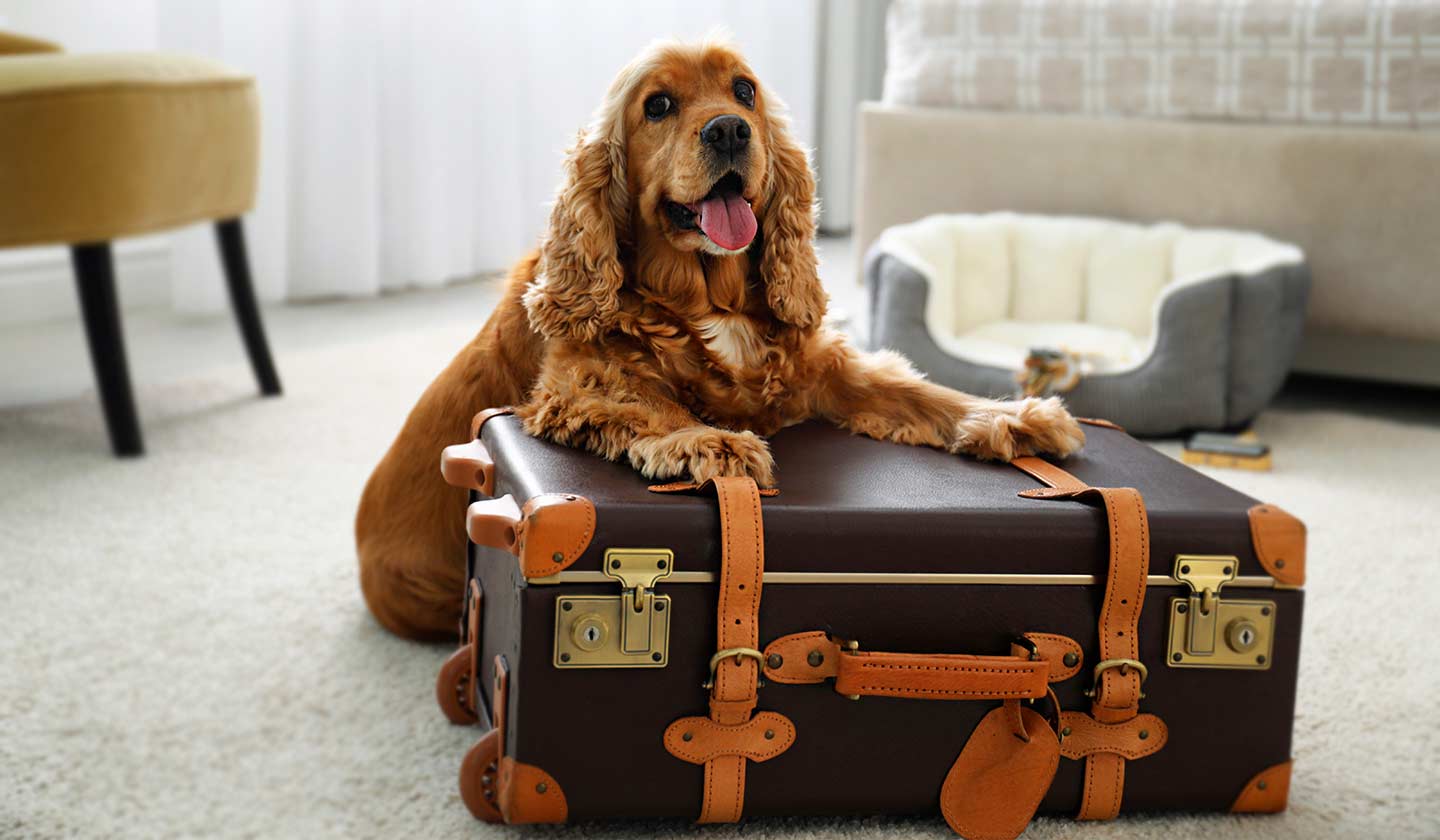
The pet travels with the family
There are more and more families that at the time of going on holiday do not hesitate to take their dog with them. Fortunately, nowadays there are many more accommodation options for these cases, including specialized web pages that offer several possibilities of accommodation for holidays with pets, from hotels to flats, camping parks, cottages.
However, before arriving at the holiday destination, we must make the journey with our pet and we must take certain precautions so that the journey is as comfortable for the family as for the animal.

Pre-trip review: consultation and case
It is highly recommended to consult a vet before travelling with your pet: it will be given a check-up and the owner will be informed about vaccines which are mandatory in the destination country; if necessary, a certificate attesting to the good health of the animal will be issued. It is not too much prevention for owners to take a kit with some basic medicines for the dog, such as:
- A solution for cleaning the dog's ears
- An anti-inflammatory ointment
- An anti-diarrhoeal
- Painkillers and anti-inflammatories
- Gauze, hydrogen peroxide, etc.
- Anti-parasitic products
It will also be important to have the contact details of a vet at your holiday destination. If something does happen, it is good to have all the information you can.
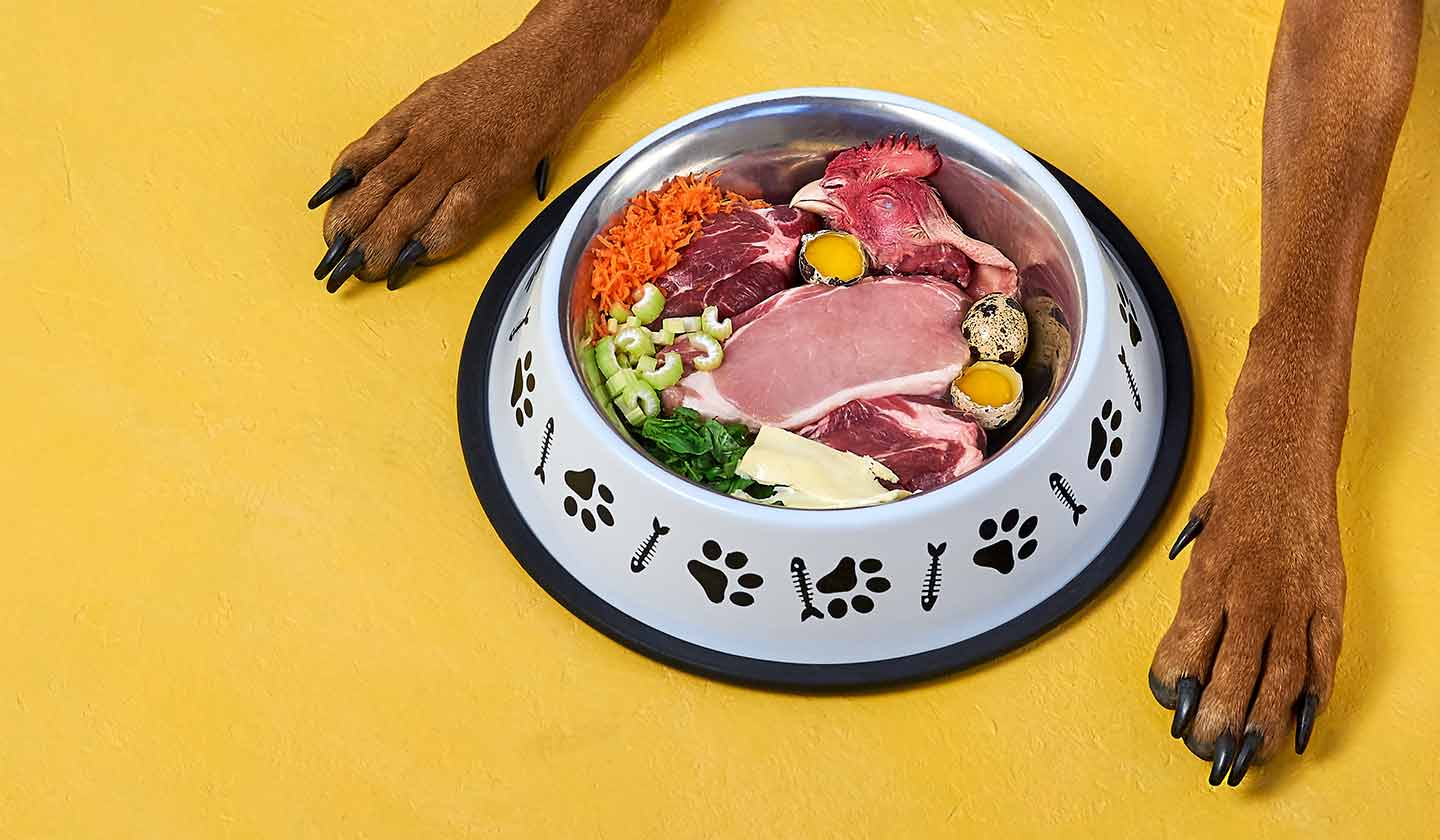
Usual dog food in the bag
You should avoid changing the usual diet during the trip, so as not to cause indigestion and gastrointestinal upset. It is likely that at the holiday destination it is not possible to find the same diet that the dog consumes at home, so it is recommended to take a small package of the usual diet or a small amount of the diet in a bag.
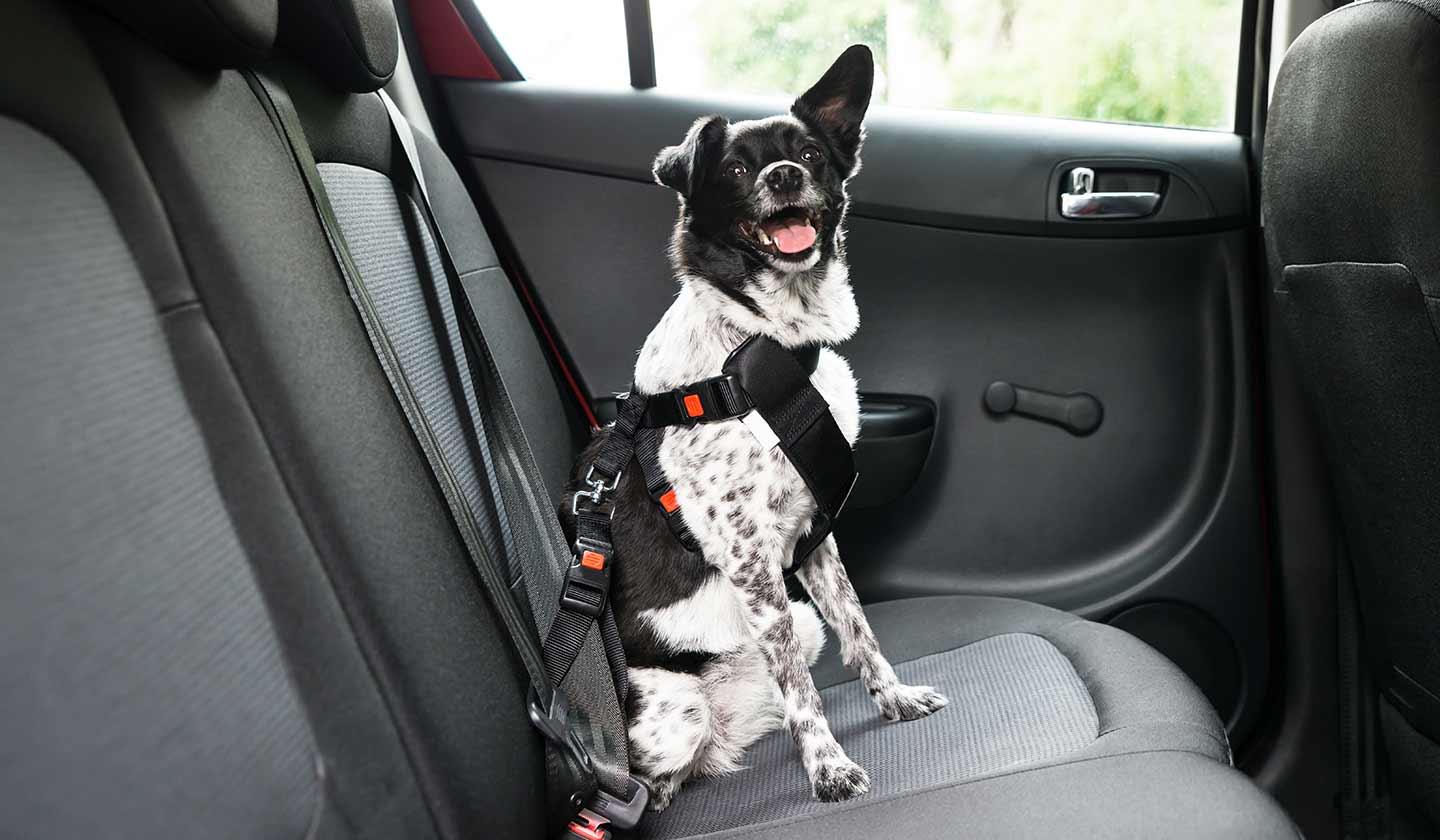
If you travel by car with your pet
Inside the car it is necessary to adopt safety measures depending on the type of dog travelling with the family. From carriers and harnesses to nets or separation bars: there are several ways to keep our pet safe during the journey. If they're small animals, you can use a travel bag. Whatever the choice, it is necessary to make sure that the dog is protected in case of braking. During the journey they must be hydrated every time there is a stop (every 2 hours) and they must be fed on arrival at the destination. It is essential that the dog is identified (microchip) and that it has the owners' details engraved on a small plate, or similar object. In addition, it is necessary to bring your health booklet and, if travelling to a European Union country, your European Passport.-
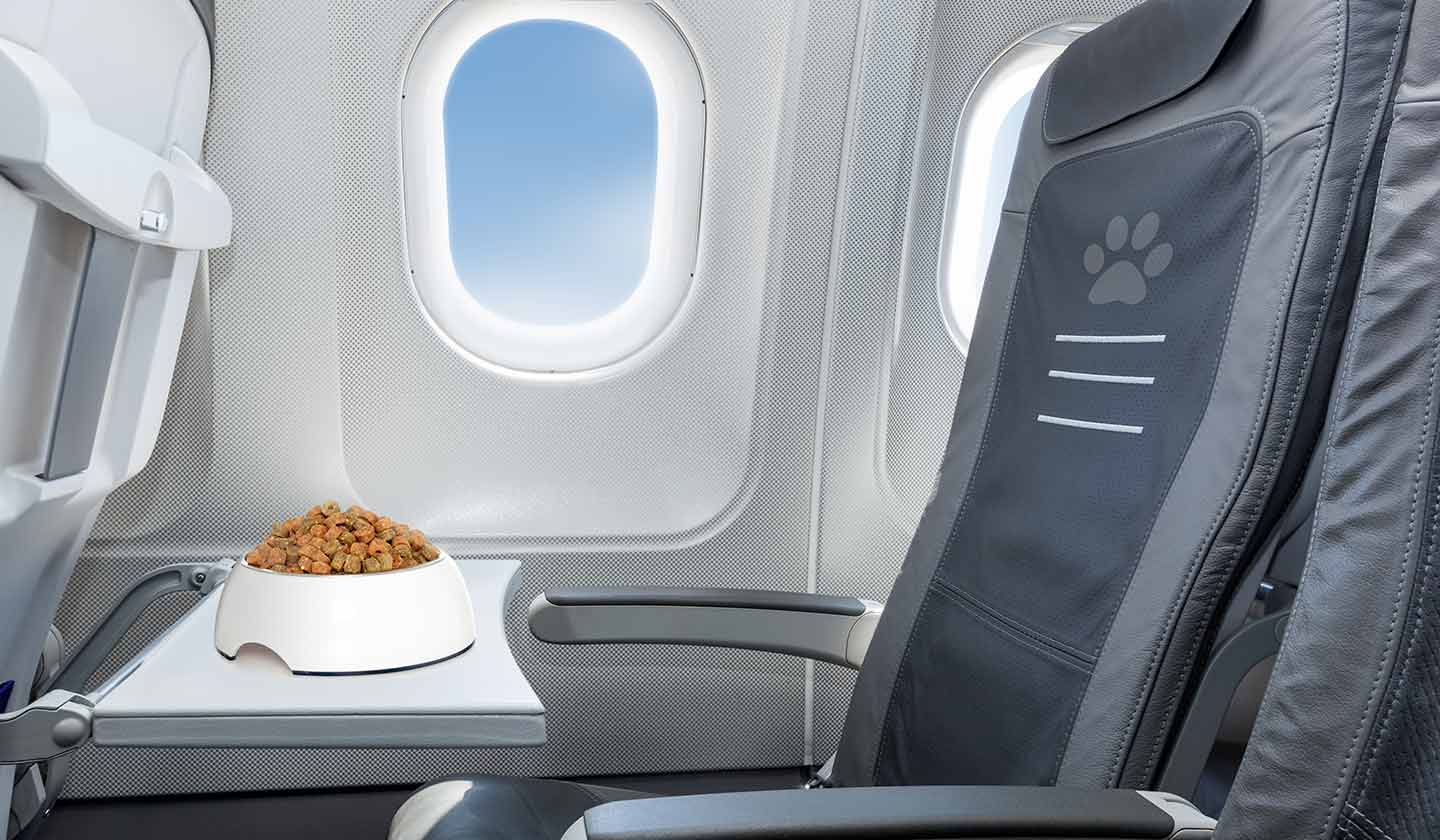
Travelling with your pet on the plane
Just as we weigh and measure our suitcases, we should also do it with our pet. Airlines set limits according to weight, normally up to 8 kg including the carrier, and according to size, so that the dog can travel with us in the cabin. If its measurements and weight are higher, it will have to travel in the hold, in a special transport cage. We must review the characteristics accepted by the airline before boarding. Flying can be stressful for your pet, especially if they are forced to travel in the hold, away from their owners. On the other hand, if the trip lasts longer than usual they can suffer from something similar to our jet lag: this can manifest itself in the form of digestive problems and irritability. If an animal travels by plane it is not advisable to sedate it, since the use of sedatives increases the risk of cardiac and respiratory problems during the flight, especially in flat-nosed dogs. In addition, with sedation the animal cannot balance and it is easier for it to suffer falls if it is not properly restrained.

Travelling by train
On long and medium distance trains and on the AVE (TGV), only cats and dogs weighing no more than 10 kg are admitted, always in a carrier. The animal travels with its owner but, if it causes a nuisance to other passengers, for example due to its behaviour, the company may force the owner and its pet to change carriage, or even to leave the train.
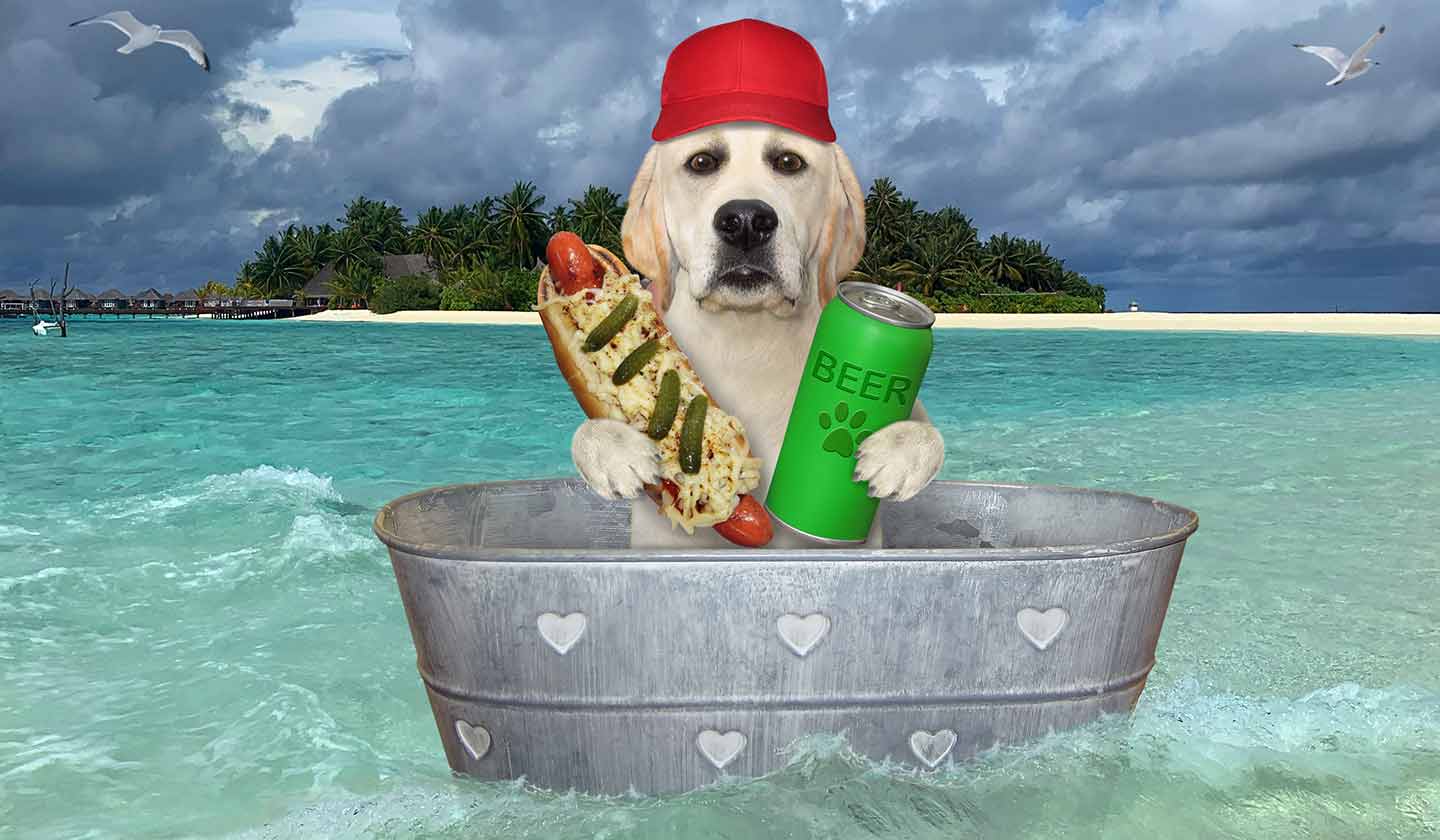
Travelling by boat
This travel option is usually long and the animals often travel away from their owner, in an area of the boat set aside exclusively for pets and equipped with individual crates. If the dog has nausea in the car, he is more likely to have it if travelling by boat. In this case, it is advisable to resort to some specific product for nausea.
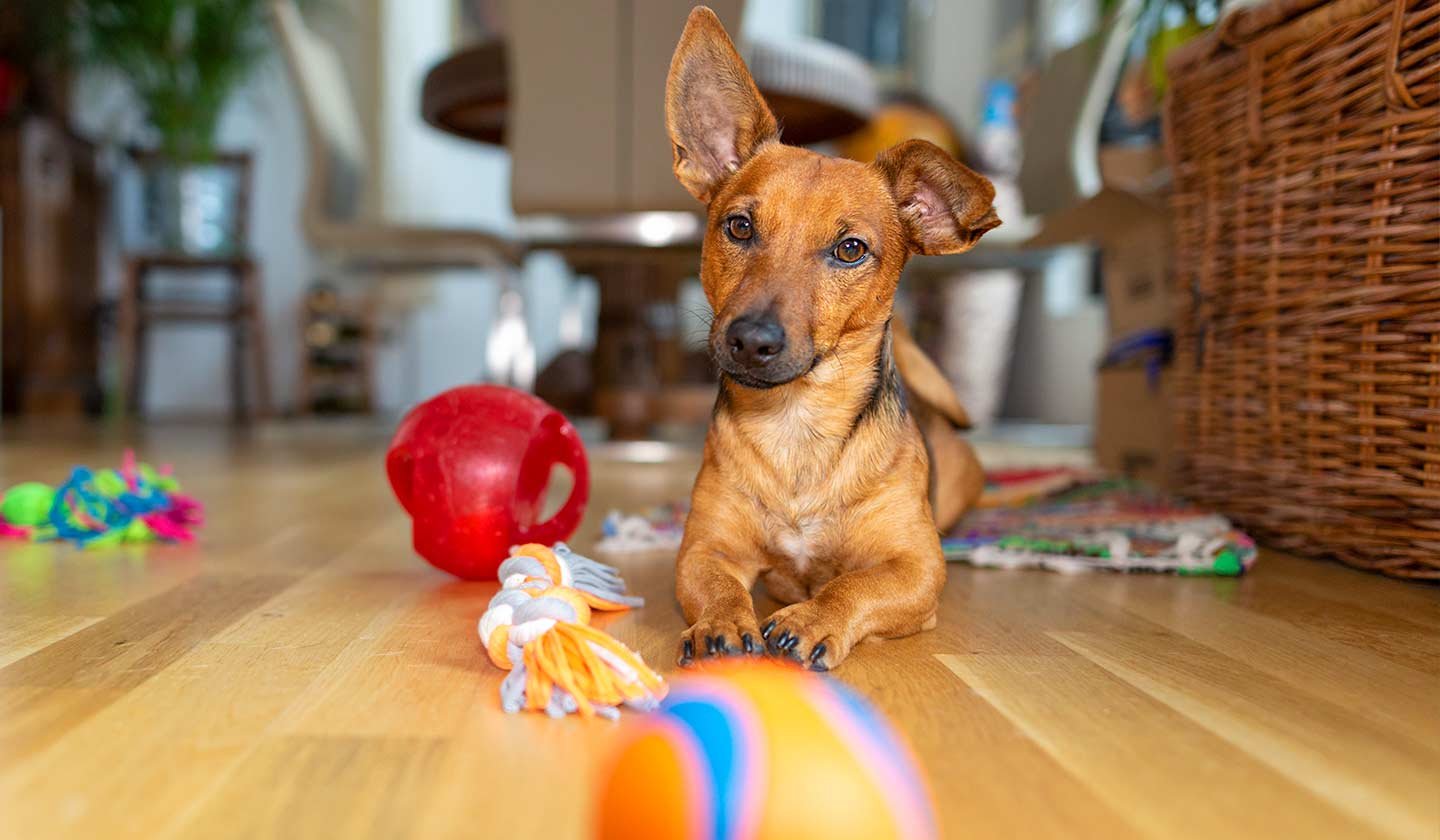
Toys travel too
So that the animal doesn't miss its home, it is advisable to take some of its toys and its usual snacks. This will make it easier for him to stay calm in his room if his owners decide to leave without him.

Taking your pet to a specialised centre
Many families, faced with the impossibility of travelling with their dog, decide to take him to a specialised centre. In this case it is advisable to visit the centre beforehand with the animal before leaving it permanently, so that it begins to familiarise itself with the environment. Dogs are routine beings and changes affect them more than what would be expected. Obviously, it is highly recommended to leave our pet perfectly identified (chip), with up to date vaccines and, if necessary, alert carers to the need for any specific diet or possible allergies.
Sources
iSaúde
Revista Farmácia Distribuição






